Buying a cheap camera these days isn’t a resignation to poor image quality like it once was. The best cameras under £500 / $500 now offer plenty of resolution, even 4K video. That’s because the technological advancements of the last decade have allowed flagship features to trickle down to entry-level models. And even those former flagship models can be purchased for a fraction of their former cost.
As we’re all probably very much aware, photography can be a very expensive business. We all strive to have the latest and greatest photography gear – but in this guide, we’re going to look at some of the best cameras under £500 / $500 and show that you don’t need the newest model on the market to get the features you need.
We know that £500 / $500 isn’t a small amount of money either, but it’s at this price point where you can get something that offers both impressive image quality and fantastic handling.
We’ve included both mirrorless cameras and DSLRs here. Most of the cameras on this list even include a lens for that magic sub £500 / $500 price tag. Keep an eye on promotions throughout the year, as manufacturers often offer cash back deals – especially close to Black Friday and Christmas.
Nikon D3500
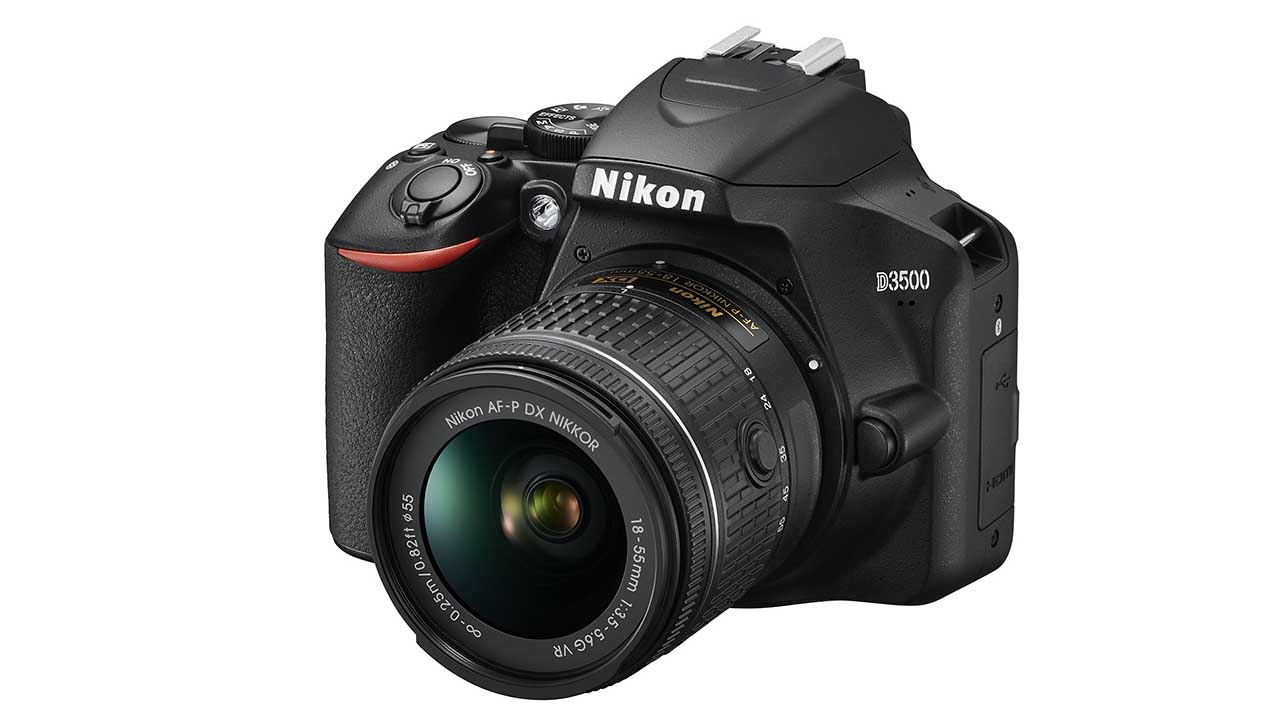
Specification
- Camera type: APS-C (DX) format DSLR
- Announced: 30th August 2018
- Lens mount: Nikon F
- Sensor: 24.2Mp APS-C (23.5 x 15.6mm)
- Sensitivity range: ISO 100-25,600
- Autofocus system: Viewfinder: 11-point with 1 cross-type, Live View: Contrast detection
- Maximum continuous shooting rate: 5fps (frames per second)
- Viewfinder: Optical with pentamirror 95% coverage
- Screen: 3-inch TFT LCD with 921,000 dots
- Storage: SD/SDHC/SDXC UHS-I
- Dimensions: 124 x 97 x 69.5mm
- Weight: 365g body only
While much of spec on the D3500 is held over from the D3400, there are a few key differences. For starters, the D3500’s APS-C format 24.2Mp sensor is new (although it has the same effective pixel count as the previous chip). In addition, it’s a little lighter than the D3400 and its battery lasts for a few more shots. Nikon has also tweaked its design a bit in comparison with the D3400.
Although the D3500 doesn’t feel quite as tough as cameras further up Nikon’s DSLR line, it feels reasonably good for an entry-level model. The grip is particularly impressive as it’s nice and deep. Nikon has make the body thin so that the deep grip doesn’t increase the overall size.
While it would be nice to have a vari-angle touchscreen, that would push up the price of the D3500. It’s designed to be an entry-level, affordable option.
However, Nikon hasn’t skimped on the sensor and it delivers high-quality results with a good level of detail. The camera is also tuned to help beginners get decent images in a wide range of situations.
The D3500 is a modern classic as far as entry-level cameras go, and anyone looking for a solid camera to learn and grow with… look no further.
£479
$596For
- Excellent 24Mp APS-C format sensor
- Superb guide mode that teaches you about photography
- Compatible with an extensive range of lenses and accessories
Panasonic Lumix GX9
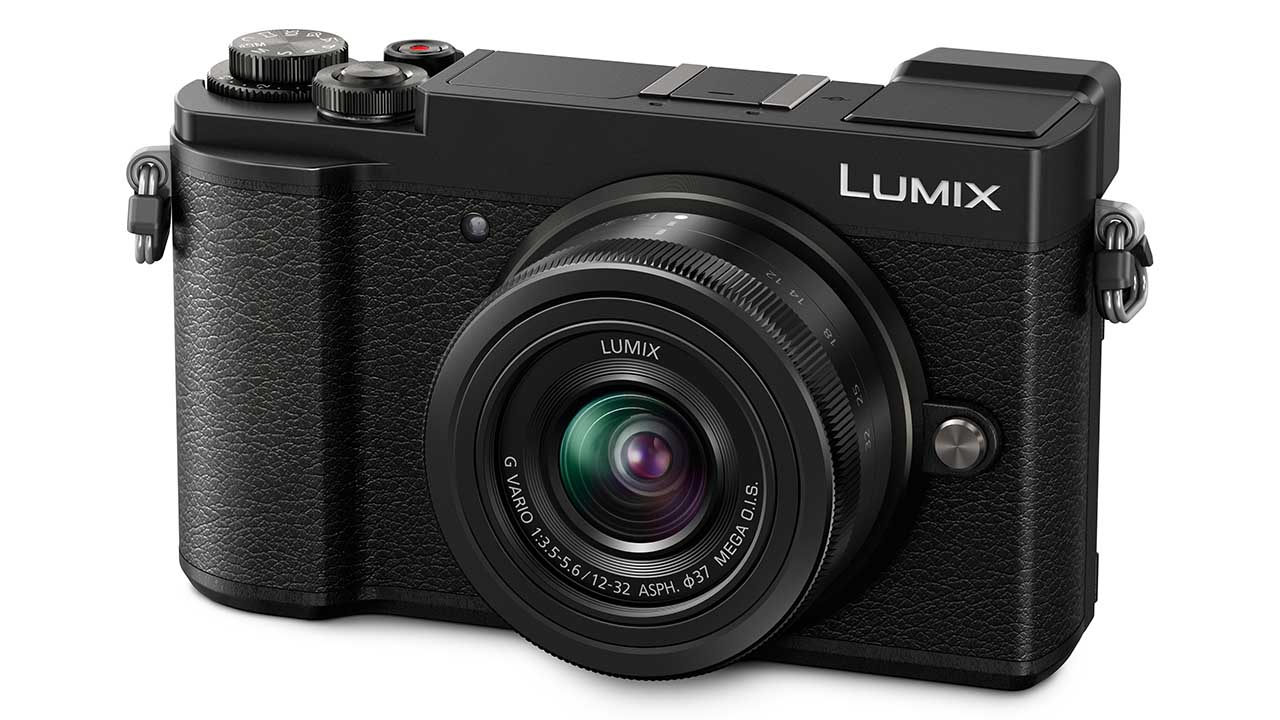
Specification
- Sensor: 20.3-megapixel Micro Four Thirds
- Stabilisation: Sensor-Shift, 5-Axis
- Sensitivity: 200 to 25600 (Extended: 100 to 25600)
- Video: UHD 4K (3840 x 2160) at 24.00p/29.97p [100 Mb/s]
- Viewfinder: 2,760,000-dot EVF
- Monitor: 3-inch 1,240,000-dot tilting touchscreen
Panasonic introduced the GX9 a few years ago to sit in the middle of its range as a “premium street photography camera”. With its small body size and flat rangefinder type design, it’s also ideally suited as a travel camera – especially if you already own another Micro Four Thirds camera.
It houses a 20.3 megapixel Four Thirds sensor, without an anti-aliasing filter for increased detail resolution. It has a host of other appealing specifications, including a high-resolution tilting viewfinder, a tilting touch-sensitive LCD screen, 4K Photo and Video modes, and compatibility with the huge range of Micro Four Thirds lenses.
The look of the camera is also very stylish, without attracting too much attention when using it out and about, which is ideal. There’s a good mixture of buttons and dials on the camera, while the tilting screen is very handy for composing from awkward angles.
Importantly, overall image quality is very good, particularly in good or bright light. Colours are nicely reproduced, being natural while also vibrant, and focusing is generally quick and accurate.
The GX9, body only, just falls within our target price range here and is a camera you’ll quickly fall in love with. This is probably my favourite option on our list of the best cameras under £500 / $500.
£599
$997For
- Small and lightweight
- Nice colours
- Tilting screen is great for shooting at odd angles
GoPro Hero9 Black
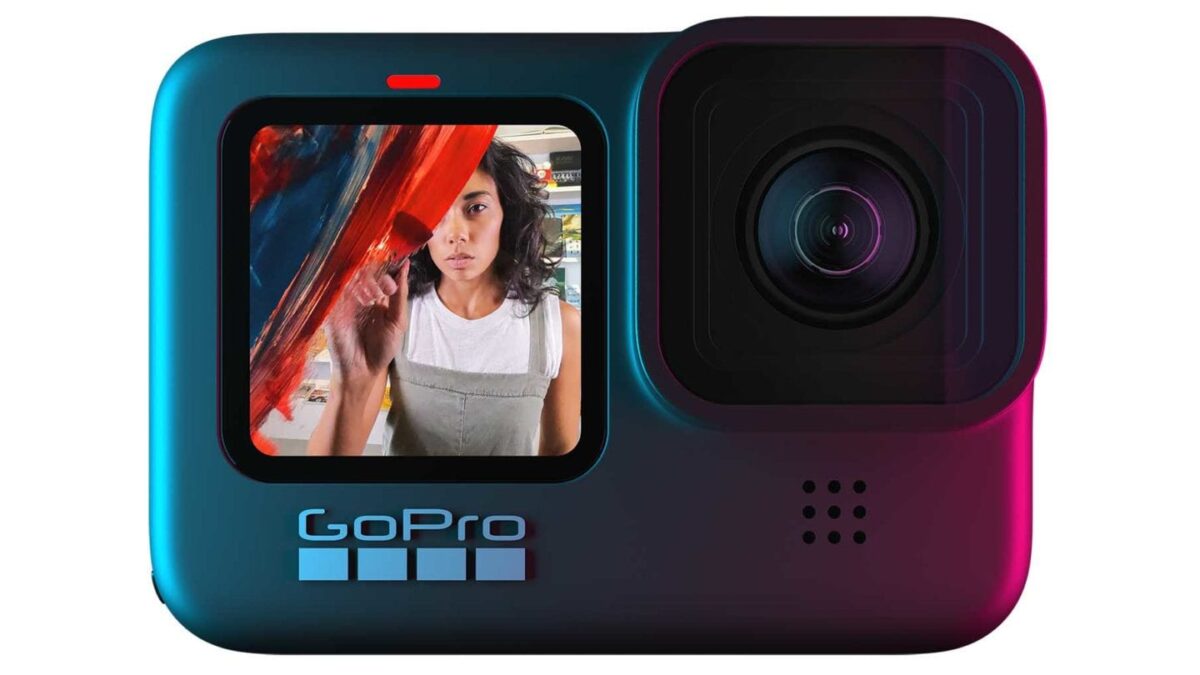
Specification
- Camera type : Action Camera
- Announced: 16th September 2020
- Max video resolution and frame rate: 5k 30p, 4K 60p, 2.7K 120p, 1440 120p, 1080 240p
- Video file formats: MP4 (H.264/AVC), MP4 (H.265/HEVC)
- Max photo resolution: 20mp
- Max bit rates: 100Mbps (2.7K, 4K, 5K)
- Screen: Rear: 2.27-inch touchscreen, Front: 1.4-inch colour screen
- Livestreaming: 1080p
- Voice control: 4 commands in 11 languages + 6 accents
- Battery: Removable, rechargeable 1720mAh lithium-ion
- Storage: MicroSD USH-I
- Connectivity: Wi-Fi, Bluetooth
- Stabilisation: Hypersmooth 3.0
- Waterproof: To 10m / 33 feet
- Dimensions (WxHxD): 71 x 55 x 33.6mm
- Weight: 124g
The GoPro Hero9 Black makes the most substantial update to the Hero Black line that we’ve seen since the Hero5 Black was introduced in September 2016.
Along with a significant increase in size, the Hero9 Black adds 5K video and 20Mp stills capability plus 30% longer battery life and even better stabilisation than its predecessor. As much as we love the technical improvements, the downside to the beefed-up body of the GoPro Hero9 Black is that it’s not compatible with the MediaMod module that was introduced with the Hero8 Black.
However, the Hero9 Black is the best action cam that GoPro has produced to date and its Hypersmooth 3.0 stabilisation, complete with in-camera horizon levelling is fantastic.
While the 5K-shooting capability is enticing, the fact that it’s limited to 30fps is a bit – well, limiting – but the quality of the footage that the Hero9 generates at other settings is a step-up from the Hero8.
Further good news with the GoPro Hero9 Black is that the removable lens makes a return. That means if it takes a dive and gets scratched, you can change it. GoPro has also promised a Max Lens mode to enables a 155° field of view, but we’ve yet to see that in the flesh.
The front screen is also now coloured and can show a preview of what the camera is seeing. That’s perfect for filming yourself in action.
We like the GoPro Hero9 Black so much here at Jabber HQ that we’ve all bought one. Yep, we paid our hard-earned cash and got one each. How much more of an endorsement do you want?
£330
$349.98For
- No need for waterproof housing
- Dual Screen
- 8X Slow-motion
Olympus OM-D E-M10 Mark III
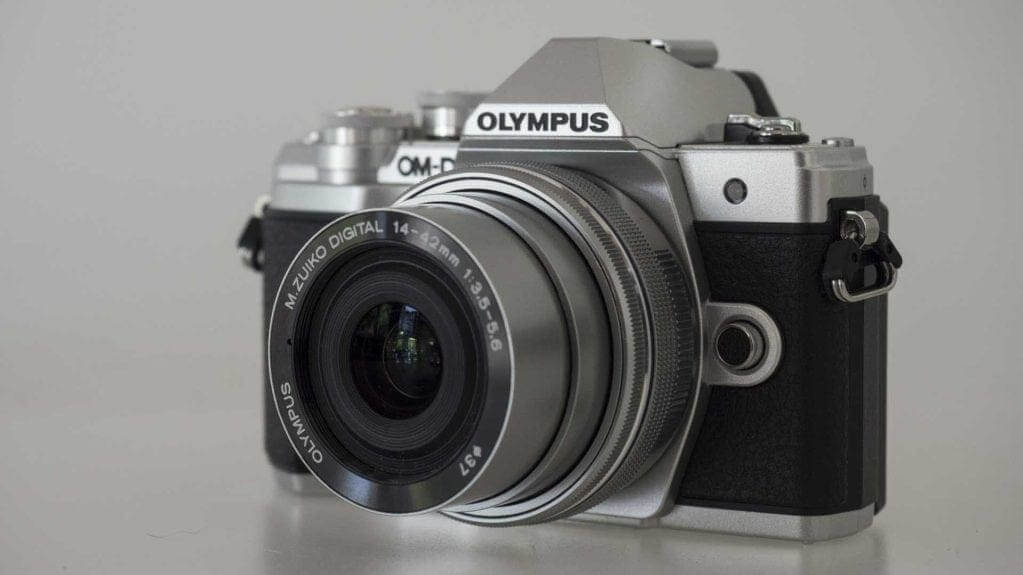
Specification
- Camera type: Mirrorless
- Sensor: 16.1Mp Four Thirds type (17.3 x 13mm) CMOS
- Processing engine: TruePic VIII
- Sensitivity range: ISO 200-25,600
- Autofocus system: Contrast detection with 121 points
- Max continuous shooting rate: 8.6fps in S-AF
- Max video resolution: 4K at 30, 25 or 24p with 102Mbps
- Storage: SD/SDHC/SDXC
- Viewfinder: Electronic OLED with 2,360,000 dots
- Screen: Touch-sensitive tilting 3-inch OLED with 1,037,000 dots
- Dimensions: 121.5 x 83.6 x 49.5mm
- Weight: 362g body only
The Olympus OM-D E-M10 Mark III is a small mirrorless camera with the Micro Four Thirds lens mount and a 16.1Mp Four Thirds type (17.3 x 13mm) CMOS sensor. It has a mini-DSLR shape and an electronic viewfinder built-in along with a 3-inch 1,037,000-dot, tilting touch-screen.
It’s small size and advanced shooting options make it an appealing option for travelling experienced photographers while its beginner-friendly modes make it suitable for novice photographers.
It’s a neat, compact camera that provides plenty of features including a built-in viewfinder, a tilting touchscreen, Image Stabilisation and a collection of creative options including Live Time and Live Composite mode.
As its a mirrorless system camera the E-M10 III’s viewfinder and screen allow you see the image as it will be captured with the camera settings applied, which is helpful for anyone learning about photography as well as experienced shooters.
With 16.1 million effective pixels on its sensor the E-M10 III doesn’t break any barriers for resolution or image size but it produces attractive jpegs that will please most photographers in many situations.
£599
For
- Small body with Four Thirds type sensor
- Viewfinder and tilting touchscreen
- Extensive feature set and lots of customisation
Canon EOS Rebel SL3 / 250D
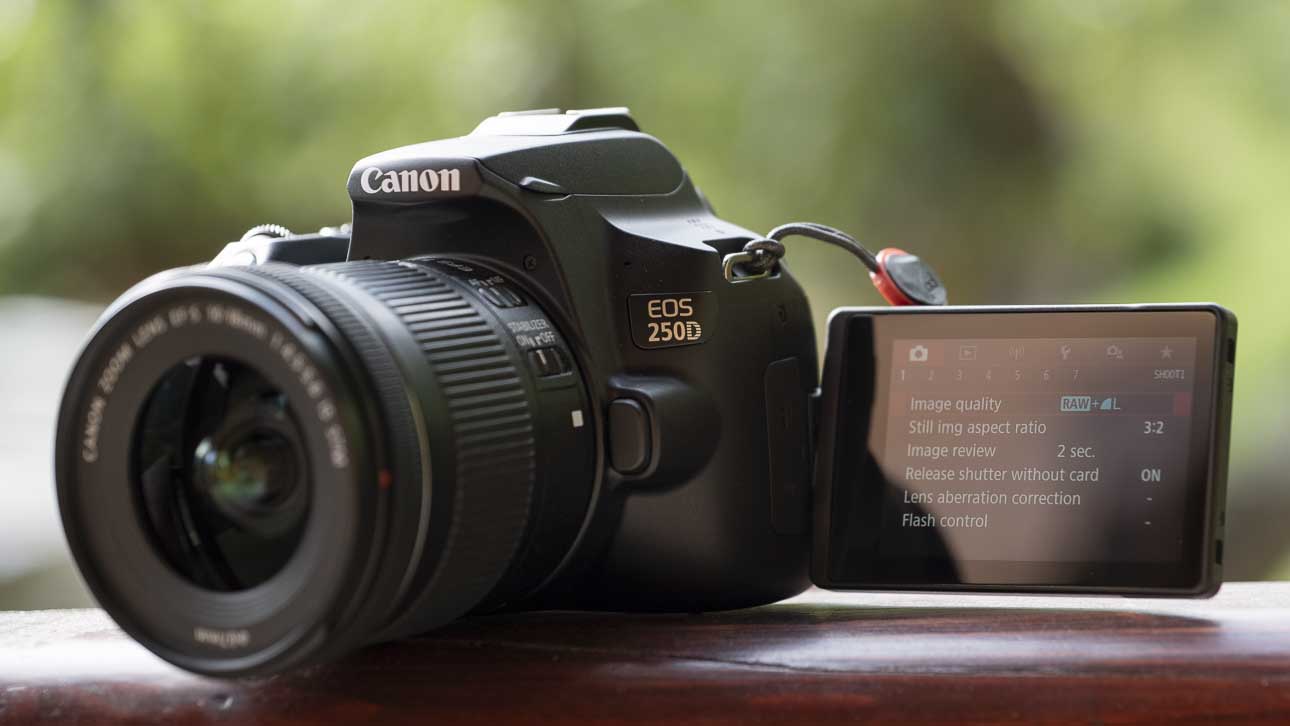
Specification
- Camera type: DSLR
- Announced: 10th April 2019
- Sensor: 24.1Mp APS-C CMOS
- Lens mount: Canon EF-S
- AF System: 9-point phase detection, Dual Pixel CMOS AF (via Live View or Video)
- Viewfinder: Pentamirror 95% coverage optical viewfinder
- Screen: 3-inch vari-angle touchscreen with 1,040,000 dots
- Max video resolution: 4K (3840 x 2160) at 23.98, 25fps
- Dimensions (W x H x D): 122.4 x 92.6 x 69.8mm
- Weight: Black/Silver 449g, White 451g
The Canon EOS 250D, known as the EOS Rebel SL3 and the EOS Kiss X10, is designed for beginner photographers, however, it has a bit more to offer than the Canon EOS 2000D (EOS Rebel T7) and EOS 4000D.
It’s also the smallest DSLR with a moveable screen and has an APS-C format 24.1Mp Dual Pixel CMOS sensor, 4K video technology and a vari-angle touch-screen.
It’s also a capable little camera that can get subjects sharp quickly and captures attractive images with a good level of detail. In fact, it’s one of the best entry-level DSLRs around.
£530
$599.99For
- APS-C format sensor
- Phase detection autofocus system in video mode
- Vari-angle touchscreen
Olympus Pen E-PL9
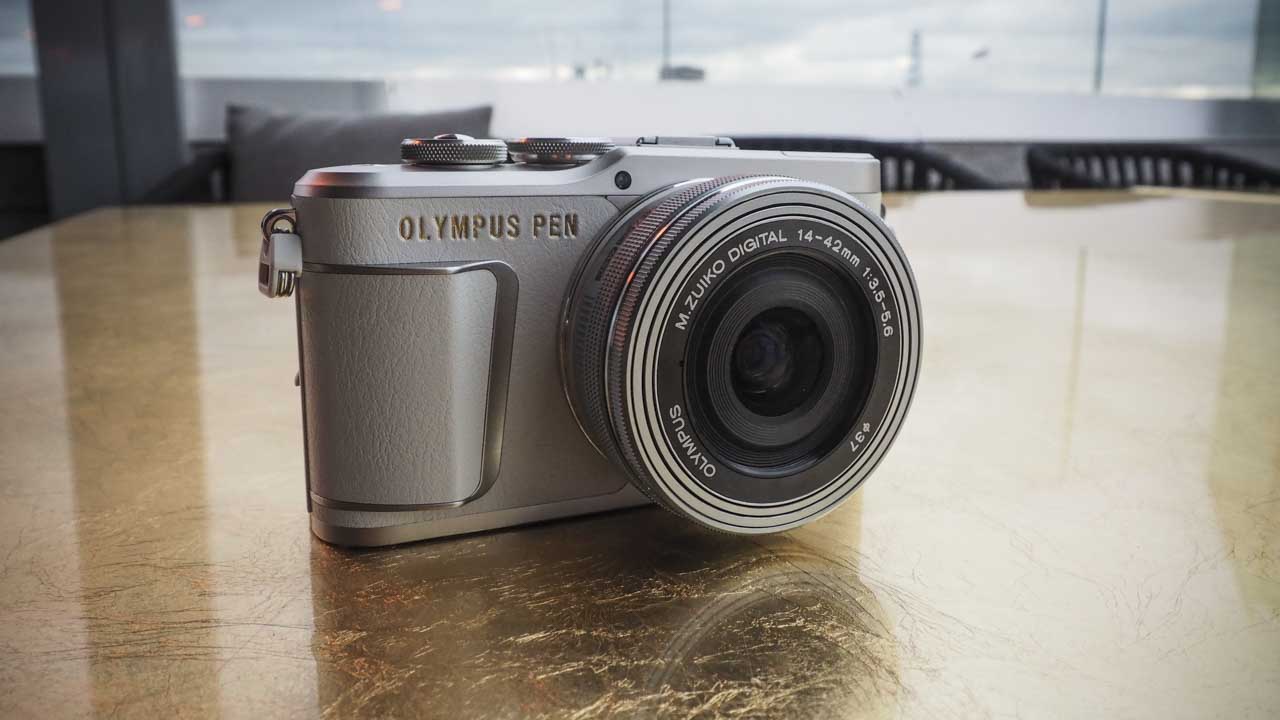
Specification
- Camera type: Mirrorless
- Sensor: 16.1Mp Four Thirds Type Live Mos
- Lens mount: Micro Four Thirds
- Processor: TruePic VIII
- Sensitivity range: ISO 100-25,600
- Autofocus system: Contrast detection with 121 points
- Max shooting rate: Mechanical shutter: 8.6fps in S-AF, 4.8fps in C-AF; Electronic shutter: 14.1fps in S-AF, 61.fps in C-AF
- Max video resolution: 3840 x 2160 (4k) / 30p, 25p, 24p / IPB (approx. 102Mbps)
- Storage: SD/SDHC/SDXC UHS‑I
- Viewfinder: None
- Screen: Tiltable 3-inch 1,040,000-dot touchscreen
- Dimensions (WxHxD): 17.1 x 68 x 39mm
- Weight: 332g body only, 380g including battery and memory card
The PEN E-PL9 is the entry-level model in Olympus’s range, and though it shares the same 16-megapixel Micro Four Thirds sensor with the PEN E-PL8, it does offer some nice upgrades over its predecessor.
To start, there’s now 4K video recording at 30, 25 and 24p, and Full HD video can be recorded at 60p.
To go along with that 4K video recording is a vlogger-friendly 3-inch, 1,040k-dot touchscreen that articulates 80 degrees up or 180 degrees down on its bracket for shooting selfies and vlogs. The E-PL9’s 4K at 30fps, in particular, is quite impressive for a camera of this size and price.
There’s also a new High Speed Video mode for capturing slow-motion movies, a Clips video mode for capturing 4sec movies and you can also add the camera’s Art Filters and a wide range of other effects to your videos.
You’ll also find the addition of Bluetooth connectivity (a first for Olympus cameras), new art filters, more AF points and Oympus’s new TruePic VIII image processor, inherited from the company’s flagship E-M1 Mark II.
If you want a camera that allows you to record spontaneous movies for sharing, much like you would with your smartphone but with better quality and more control, the PEN E-PL9 shines.
£580
For
- Compact and easy to use
- 3-inch 1,040k-dot touchscreen that tilts 80 degrees up or 180 degrees down
- 4K video at 30p

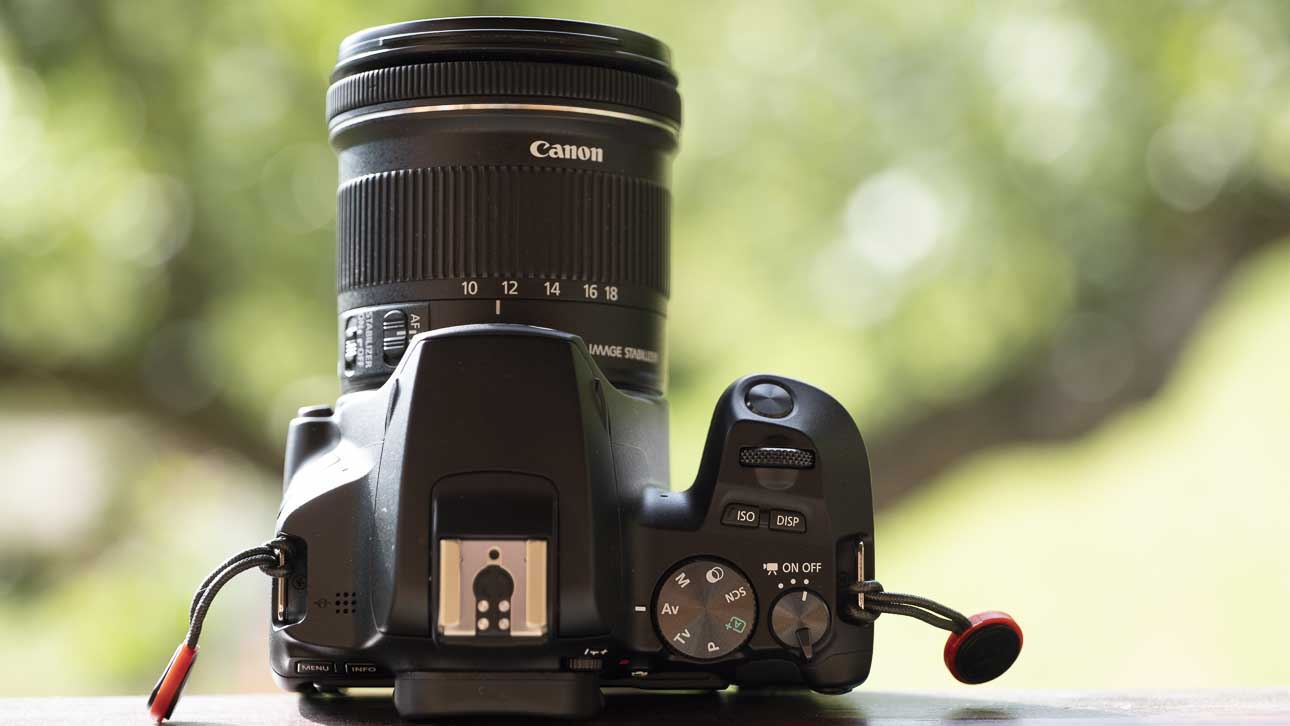



Leave a Reply
You must be logged in to post a comment.